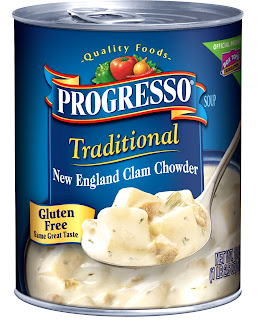Microscopists in the 19th century were fascinated by frustules
[1], the patterned siliceous coatings of diatoms, varying from one species to
another (see below). When the algae die, frustules do not readily decompose and
they fall to the sea, or lake, bed, joining those from diatoms that live there.
Experts arranged the frustules of different species on
slides to produce kaleidoscopic patterns and this art form continues today in
the wonderful work of Klaus Kemp [2] and others. However, it wasn't just the
frustules that interested the many microscopists among the developing middle
classes, as living diatoms were also observed, including those that move by
gliding. This movement was described by Philip Henry Gosse [3] in one of his
books that popularised Natural History and microscopy;
In some cases, as in the genus Bacillaria,.. ..this movement of sliding
goes on till the frustules are on the point of separating, which then retrace
their course till such a catastrophe seems equally imminent in the opposite
direction.
We can see what Gosse means when we look at the video clip
above and, for an explanation of these movements, he refers us to a paper by
Wallich [4] who states:
The normal motion of the Diatomaceous
frustule is in two opposite directions, which accord with its longest diameter.
It is of a smooth, gliding nature, devoid of jerks or interruptions, and exhibits
itself at tolerably regular intervals. The rate at which it travels is not
uniform, being subject to variation on increase or diminution of light and
warmth. The rate is also materially influenced by the condition of the
endochrome, the motions being invariably more active and energetic when the
frustule is full.
Wallich links the gliding movement to "elongated
prehensile filaments", as particles are dragged along behind, or pushed in
front of, the moving diatoms. We now know that motile diatoms, of which there
are free-living as well as "colonial" types, move by exuding slime from
what is termed a raphe. The slime produces a force against the substratum, or
another diatom (should they be formed into a chain), that results in
propulsion. At first sight, this might seem an expensive process, but the slime
consists largely of carbohydrates that are generated in quantity during photosynthesis
and these chemicals become much expanded when mixed with water. By exuding concentrated
material through pores in the raphe, the rapid hydration then gives the
observed propulsive force. The accurate observation by Wallich [4] that
movement is associated with light and a "full" cell are evidence of
an excess of carbohydrate from photosynthesis that can then be readily exuded.
When we observe gliding diatoms, we focus on the organisms, as
we cannot see the slime that is produced, unless a chemical stain is used to
show its presence. Interestingly, slimes from diatoms and many other organisms,
from bacteria to mammals, have a most important role to play in the functioning
of ecosystems [5].
For Henry Gosse, the beauty of diatom frustules, and the
gliding movement shown by some of these algae, are further evidence of the
wonder of God's Creation. For those of us that believe in evolution, there is a
puzzle in thinking about how frustules developed through time and how the physiology
of the algae evolved, allowing an excess of carbohydrates to be used as
exudates that hydrate to produce a propulsive force. No-one would think that
the variety of frustules evolved to please us and our approach to the puzzle is
affected by our inability to understand the time over which evolution has occurred.
Also, we don't know whether mutations resulted in a series of small changes or
whether changes were on a larger scale. We can only speculate – and wonder.
[3] Philip Henry Gosse (1865) Land and Sea. London, James Nisbet & Co.
[4] G. C. Wallich (1860) Observations on the distribution
and habits of the pelagic and freshwater free-floating Diatomaceae. The Annals and Magazine of Natural History
25: 1-20.
[5] Roger S. Wotton (2005) The essential role of exopolymers
(EPS) in aquatic systems. Oceanography
and Marine Biology: An Annual Review 42: 57-94.
The video of diatoms is by Donald Ott of the University of
Akron and is available on YouTube at https://www.youtube.com/watch?v=NvHF-YjDZBo.







